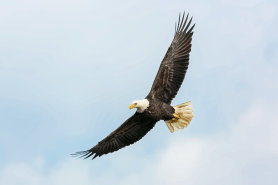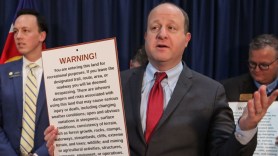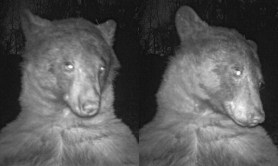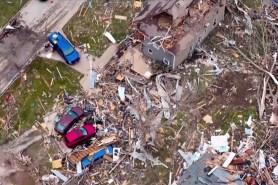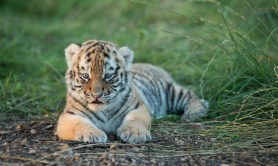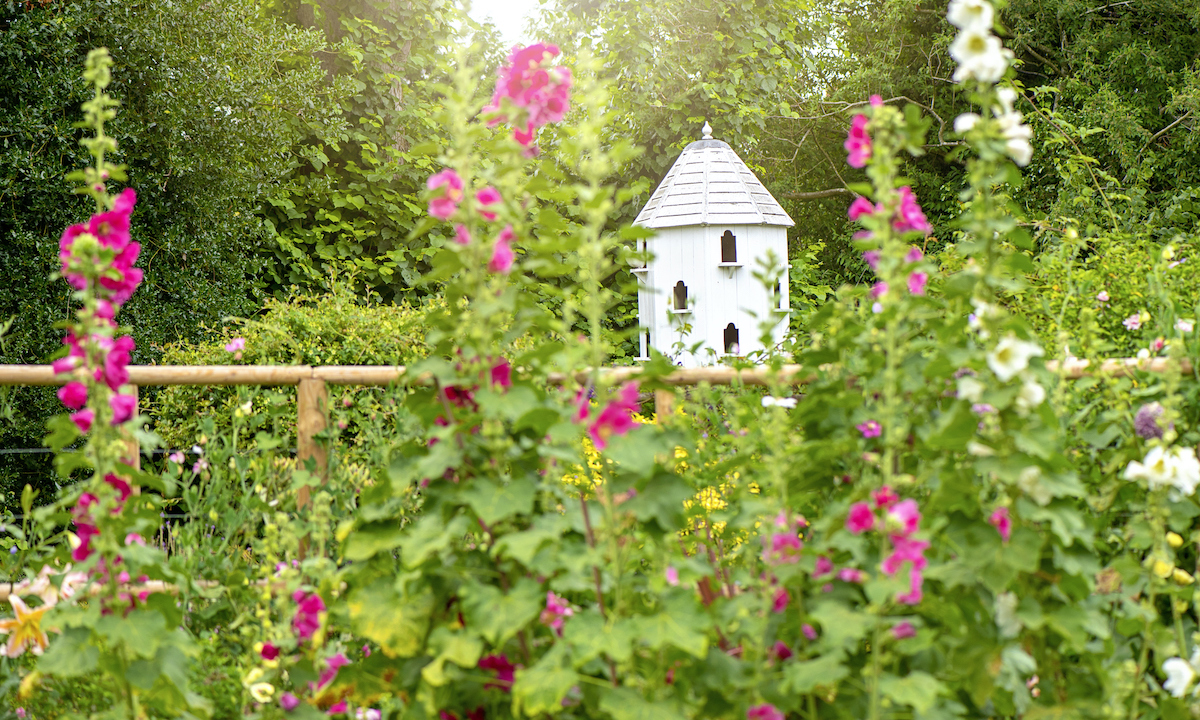

Here’s something that’ll get you chirping: A recent study published in the Journal of Applied Ecology found that dedicating just 10% of farmland to birds (think: adding cute lil’ bird gardens to the corner of a field) can bring bird populations soaring back to life.
Videos by Outdoors with Bear Grylls
The study started as an effort to find simple ways to bring back vanishing bird species. According to a bird populations report by the Royal Society for the Protection of Birds (RSPB), the decline in bird numbers across European continent has been alarming, especially in recent decades. Since 1980, populations have plummeted, with farmland birds accounting for the steepest declines. Scientists attribute those declines to habitat loss and more intensive farming. That’s bad news for birds — and bad news for birders.
However, biologists theorized that it would be possible to bring a lot of birds back with just a small amount of effort. In the recent study, they tested that theory on 67 farms throughout England. After a decade of building bird habitats of various sizes and monitoring resident bird species, they made some heartening discoveries. Apparently, setting aside just 10% of a patch of land for a bird garden can have huge benefits for birds.
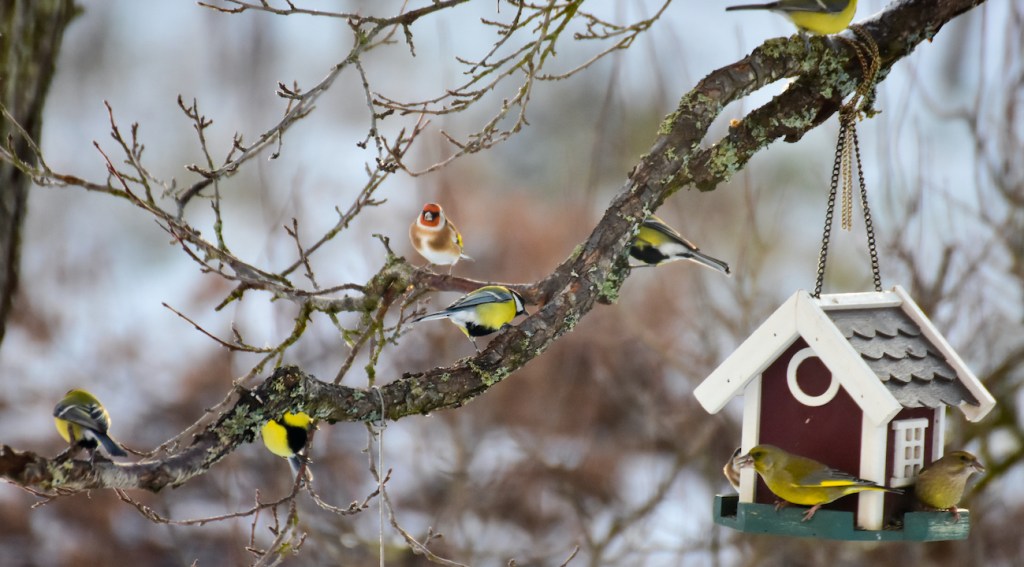
The bird habitats in the study included seed-rich plants, nesting space, and areas for feeding chicks. (Hint: these are things you can add to your own backyard, too). The researchers found that implementing these little changes helped generate significant population growth in local bird species. Numbers of birds increased when approximately 10% of farmland was dedicated to bird habitat. When less than 10% of farmland was set aside, bird populations simply remained the same.
By 2030, the UK government has set a legally binding objective to stop the reduction in bird species in England, while in the EU targets with specific timelines are being evaluated. Added bonus? These measures will also benefit insects, such as bees and butterflies, which play a crucial role in pollination and maintaining the ecosystem. This is a birdsong we can dance to.



